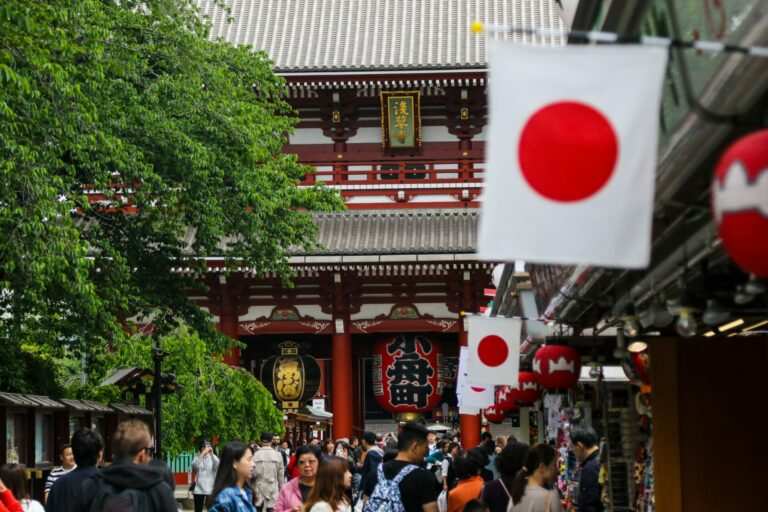
A treasure trove of more than 100,000 coins was recently found buried in Japan, making it one of the largest such discoveries in the country, officials said.
The massive money pit was unearthed at a construction site in Maebashi City, located about 70 miles northwest of Tokyo, according to a municipal government report.
The tarnished coins were found several inches below the soil in neat bundles stacked on top of each other, photos show. Remnants of rice straw mats were found at the bottom of the pit.
Some of the pieces are from China, including the oldest one found, which dates to 175 B.C., officials said. The coin, which has a square hole and several markings, was minted during the Western Han Dynasty and is among the first coins made in unified China.
The newest coin in the trove was minted in 1265 A.D., indicating the assemblage was likely buried during the Kamakura Period, which spanned 1185 A.D. to 1333 A.D., according to the Asahi Shimbun, a Japanese newspaper.
The Kamakura Period was marked by a “dramatic transformation” in the country’s political system as the nobility ceded power to the military, according to the Metropolitan Museum of Art.
The large collection appears to have been hidden in a hurry, likely for safekeeping in anticipation of war, according to the Asahi Shimbun.
While coin troves of this size are rare, there has been an uptick in the number of old coins found at archaeological digs in Japan in recent years, officials said.
___
© 2023 The Charlotte Observer
Distributed by Tribune Content Agency, LLC
0 comments :
Post a Comment